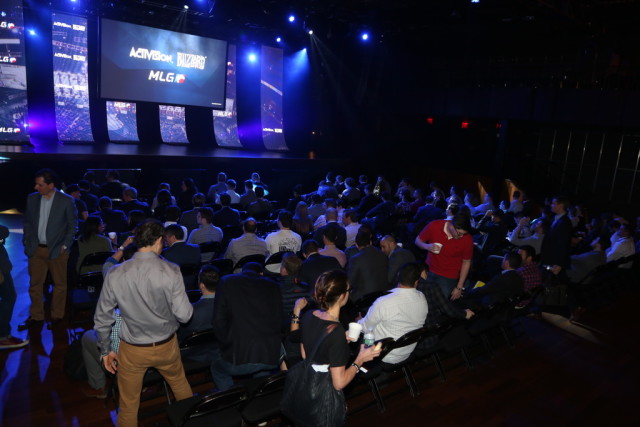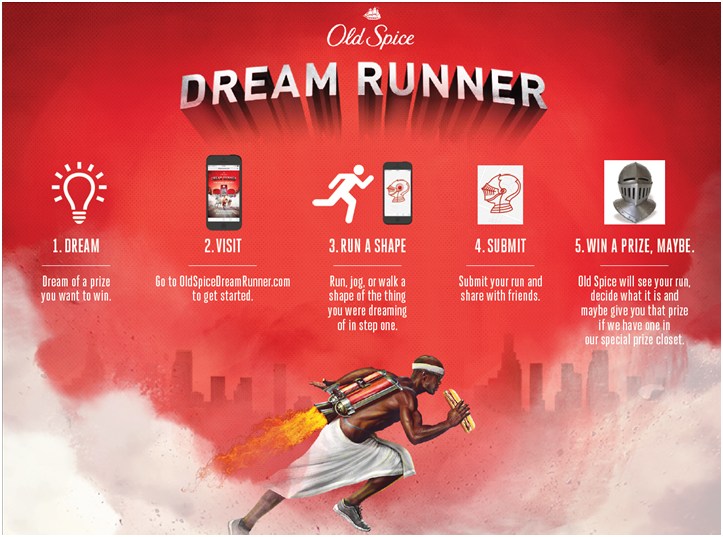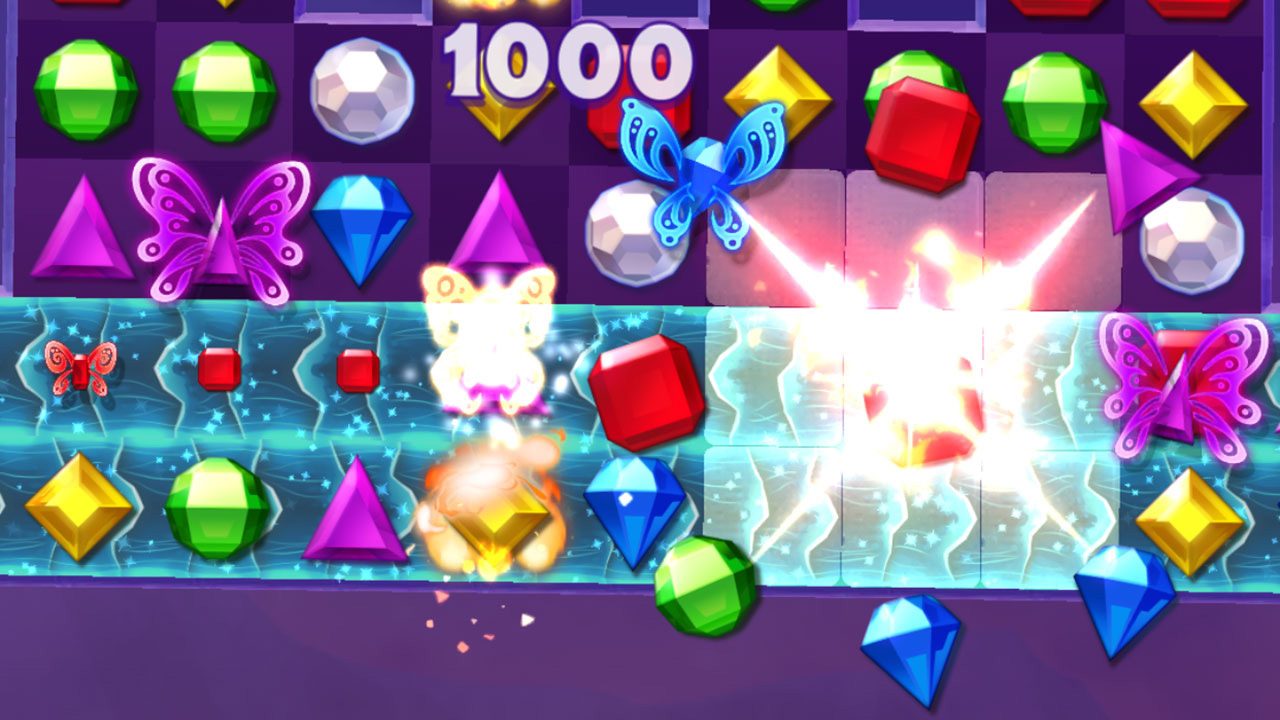Despite being an incredibly challenging game (or perhaps because it is), Dark Souls III became the fastest selling game in Bandai Namco’s history, breaking launch day sales records for the publisher, and topping the charts for the month of April. The mix of dark fantasy, menacing creatures, and oftentimes painfully difficult challenges has fans all around the world clamoring for more, thanks largely to the reputation established by the first two games and a marketing campaign that helped it appeal to a broader audience of gamers.
Mike Chang, global brand manager at Bandai Namco Entertainment America, speaks with [a]listdaily about the phenomenal success of Dark Souls III, and what it takes to promote a game many might consider intimidating.
What challenges did you face in promoting Dark Souls III after the success of Dark Souls II?
One of the main challenges was, how do we increase awareness of Dark Souls III after Dark Souls II in a way that feels natural without alienating the existing fans? The fans love the challenge that the Dark Souls games provide, but if all we say and show though the campaign is the difficulty of the game, that can be a big factor in limiting the appeal of the game to a wider audience. So being able to balance the overall message to the fans who help evangelize the game and have been the backbone of the success of the franchise since the beginning, along with the message for the mass audience who haven’t played a Dark Souls game before was a challenge, but I feel we were successful.
Considering how this was the last game in the trilogy, was there added pressure to go all-out with its promotion?
Dark Souls III is not the final chapter, but rather a turning point in the evolution of the series. That said, we wanted to introduce as many people as possible to the sense of joy when overcoming the many challenges in the game. Therefore, we really wanted to promote the game in a variety of new ways to speak to multiple audiences while staying true to the essence of Dark Souls. So, this campaign definitely reflected that “go big or go home” approach.
What was your favorite Dark Souls III promotion?
The fountain of the Red Knight sacrificing an undead Hollow that was on display at a number of events including E3 and PAX was a fun promotion. It was a first of its kind for us, and in all honesty, there definitely were some nervous team members. We wanted to capture the heavy sense of despair and torment in the game while not just creating another static display. So, why not create a giant display depicting a sacrifice with black blood spewing out of a dead body?! In the end, we were really proud with how it turned out and the fans definitely loved the fountain, judging from all the comments.
What do you think it is about extremely challenging games that attract so many fans?
It’s the overwhelming joy that comes with overcoming a challenge. The challenge is just a catalyst to create the feeling. I think it was best captured when we invited Kumail Nanjiani and T. J. Miller from the HBO show Silicon Valley to try Dark Souls III for the first time. Kumail is an avid gamer but never got the chance to try Dark Souls. They played part of the game one afternoon and after multiple deaths, Kumail finally defeated the first boss and let out a scream that really shows that genuine feeling one gets when playing Dark Souls. After that, he was hooked.
How did Eli Roth become involved with creating a Dark Souls III animated short?
We heard that Eli and his team were a fan of the series. So we reached out to him as well as Six Point Harness Animation Studios to create a unique animated short within the universe of Dark Souls. The essence of Dark Souls is to allow the player and community to discover the story through gameplay. Therefore, we definitely didn’t want to give away or spoil any bits of the story. That made it challenging for Eli, but he rose to the occasion and delivered a great video.



 How is Bejeweled Stars different from previous games?
How is Bejeweled Stars different from previous games?

